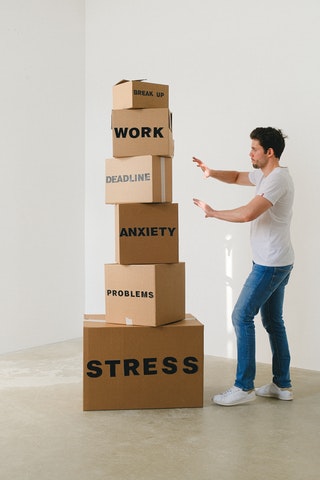Let’s talk about downtime. When was the last time you had some real downtime for yourself?
I’m not talking about that obligatory quarantine that may have been your only actual time off in a while although you were sick, your typical 7 hours of sleep so you can be a functioning human, or that 15 minutes you desperately carve out for yourself on occasion to sit on the couch and take a few deep breaths. I’m talking about real time for yourself to recalibrate and come back to life focused in the present.
Wait, is that even a thing!!!!??? That’s right—it’s a thing and it can be done. It’s not a fictional fantasy, but something you can do without feeling guilty—even though it can feel a little selfish and seem impossible to squeeze in at times.
I don’t think I’m the only one that sees a shift in the level of busyness of life lately. With staffing shortages everywhere, work seems more demanding for nearly everyone I encounter. Home life is even busier for most of us—the trends I’m seeing the most are either that we’re so eager to be out doing things after the past couple years of isolation, or that work is bleeding into home life more and more. On top of everything else, we are also trying our best to care for loved ones, prioritizing the mental health of others and often leaving ourselves burning the candle at both ends for everyone but ourselves.

Downtime is one of those interesting little things that if we don’t seek out, it will seek us out with a vengeance. When stress levels are too high, all kinds of wonky things begin to happen with your health—and some of those things can be rather debilitating (and put you down for the count unexpectedly!). Aside from the health risks of stress and overexertion, being spread too thin or overly-stressed often affects personal relationships as well. Remember that you can’t serve from an empty vessel, and prioritizing time for yourself is beneficial to you, and your most important relationships as well.
If you’re an “overachiever” by nature, I realize that downtime may seem to be unproductive for you—but I promise, you will reap the rewards. Why not give yourself the time and space to enjoy the things you’ve worked so hard for?
When planning downtime, consider what works best for you. Do you find yourself focusing more if you schedule some downtime into your daily routine? This could be journaling, meditating, taking a walk, meeting a good friend or a family member for coffee, or even enjoying a lovely bath at the end of your day. If you function best and feel more clear-headed and present by having more substantial downtime, it may work better for you to schedule this time in heftier blocks: weekly, bi-weekly, or even monthly. However, the longer you wait to get that downtime in, the more time you should schedule for yourself to recalibrate.

A few examples for more in-depth downtime are enjoying a long massage, going to a yoga class, working on a hobby that brings you joy, going to a movie, or even a “staycation” centered around doing things that make you happy. The possibilities are endless—and the only real rule is that you utilize the time to do something healthy and enjoyable for yourself with as few interruptions as possible.
Some of our favorites (that can be purchased at our Raja Goods location!) to enhance downtime are:
Remember there are many benefits to having an appropriate amount of downtime for yourself; such as gaining a fresh perspective for overcoming obstacles, a feeling of rejuvenation and integration, time to connect with loved ones, an improved stress response, and improved focus. Integrating downtime into your schedule is a necessity that will help you avoid burnout and fatigue. Think of the things you love to do the most and start making time for them—you’ll enjoy a better quality of life and your daily tasks will be easier to complete!



